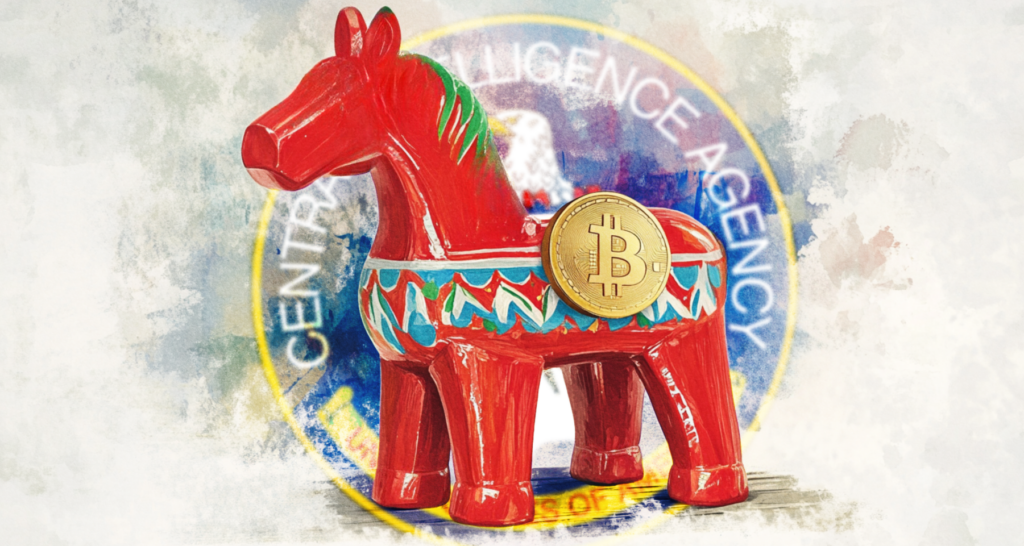
AML Bitcoin CEO Rowland Marcus Andrade was found guilty of wire fraud and money laundering by a federal jury in California after a five-week trial for misleading investors.

Billionaires have a significant impact on digital asset prices, often driving instability and engaging in crypto market manipulation. This view is echoed by American entrepreneur David Wolfe.

Crypto companies are shaking up crypto sport, partnering with clubs and stadiums for high-profile sponsorships. This means big bucks for athletes, thanks to advertising and fan tokens.

Chasing crypto wealth? Don’t let tax obligations drain your profits. We reveal the best ways to lower your tax expenses and keep more of your earnings.

What does a typical day look like for a Web3 founder? Pitching investors, managing internal crises, and trying to stay sane—this and much more in our deep dive.

AML Bitcoin CEO Rowland Marcus Andrade was found guilty of wire fraud and money laundering by a federal jury in California after a five-week trial for misleading investors.

DeFi project World Liberty Financial (WLFI), associated with the family of Donald Trump, has completed its public token sale, raising a total of $550 million. The company sold 25% of the total WLFI token supply.

Three Arrows Capital (3AC) has won a key legal battle against FTX, successfully expanding its lawsuit from $120 million to $1.53 billion. The court rejected FTX’s objections, which could further delay creditor payouts.

Discover fiat currency—a government-issued money without intrinsic value—and learn how it interacts with cryptocurrencies and influences digital financial systems worldwide.

Learn advanced strategies for shorting crypto safely. This guide covers key tips, risk management techniques, and various methods like direct shorting, futures, margin trading, and options.

Explore risk reversal strategies and learn best practices for managing risks in trading and business. Understand how to balance risk and reward to optimize outcomes.

Trump’s meme coin isn’t an outlier—it’s part of a broader trend. Back in 2021, celebrities were minting NFTs, and by 2024, they had moved on to personal token launches. The connection between fame and crypto has been growing for years, even if many failed to see it.

Across continents, monuments have been erected to honor both cryptocurrencies and the figures who transformed the digital finance world. We explore the most well-known of these in our article.

Wow, what a rollercoaster of a year! Especially for crypto fans and even more so for Bitcoin holders and all those who have waited for the mother-of-all-crypto to cross its second major mark after the $50 thousand level, the $100 thousand level.

For over a decade, the Ethereum Foundation has been the driving force behind Ethereum’s growth—from Vitalik Buterin’s white paper to a global financial and technological revolution.

Summing up this week in Crypto Twitter/X: major announcements, updates, rumors, and interesting takes on the SEC vs Ripple case, Ethereum’s updates, the Trump family deal with Binance, and more.

Two giants lead the stablecoin market—Tether (USDT) and USD Coin (USDC). But beneath their promise of stability lies a fierce competition.

In the chaotic world of cryptocurrencies, no platform captures the spirit of financial anarchy better than Pump.fun. What began as an experiment on Solana in early 2024 soon turned into a meme coin explosion.

It takes just one post from Trump to stir the crypto market. Recently, he announced on Truth Social that the evaluation of a strategic crypto reserve is in progress as part of his broader Trump crypto policy.

There's been a lot of talk about possible changes to crypto tax policies in the U.S. One of the more controversial ideas floating around is “Trump no tax on crypto.” As Trump adopts a more crypto-friendly stance, major rumors have surfaced that he’s considering a 0% tax on crypto gains.

2025 isn’t exactly the most stable time for the economy: policy changes, trade tariffs, international tensions, and interest rate shifts are among the factors that make things more unpredictable. In times like these, people naturally start looking for alternatives, and one of the biggest ones has been crypto.

Matvii Diadkov, founder of Bitmedia, shared with us in an exclusive interview his expert insights on Web3 adoption, impact of GameFi and community-centering tendencies in the market.

The first crypto craze took place almost a decade ago. Overnight, many people found out about Bitcoin and its underlying technology, blockchain.

Volodymyr Nosov, CEO of Europe’s largest crypto exchange WhiteBIT, sat down with Dmytro Gordon, one of Ukraine’s most prominent journalists. The interview touched on Bitcoin, crypto, WhiteBIT, cars, keys to success, and business vision.

Discover fiat currency—a government-issued money without intrinsic value—and learn how it interacts with cryptocurrencies and influences digital financial systems worldwide.

Singapore, one of the world's most advanced economies and a leading IT hub in Asia alongside Shanghai and Hong Kong, hosted this year's largest crypto conference, Token2049.

Are sky-high Ethereum fees getting you down? The folks at Zora have come up with an alternative, introducing their Layer 2 solution with lower transaction fees. This article will walk you through how to get involved with the project and earn some rewards.